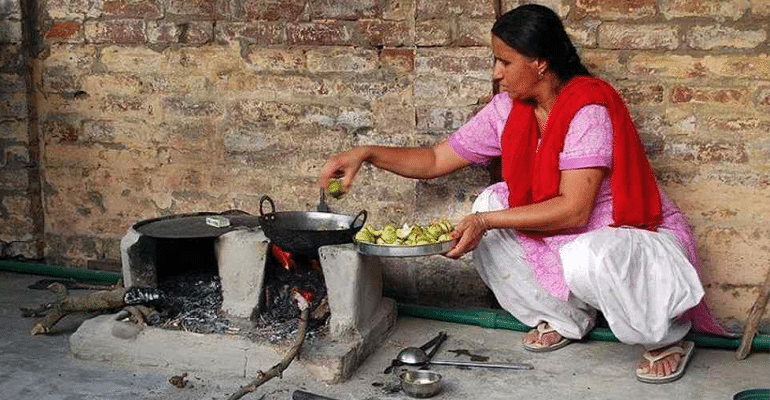Not realizing the value of unpaid work, especially in the case of women, is an age-old problem. This is an issue which should have been addressed long back, but thankfully, through time-use surveys, India is trying to improve its jobs statistics to estimate the value of unpaid work, particularly household chores by women.
In an interview in New Delhi, the director general of the National Sample Survey Office, Debi Prasad Mondal said that next year in January, the government is planning to start a yearlong exercise to survey households and how homemakers spend their time. The findings will be released around June 2020 and the plan is likely to repeat it every three years.

According to the Bloomberg report, on July 26, Mondal said, “We will be able to understand how much time is spent in cooking and washing.” The findings would give policymakers substantial information about employment in the economy and how to target welfare programs.
Due to huge data gaps, it becomes difficult for the world’s fastest-growing economy to get a reading on what’s happening in key sectors, such as the jobs market, retail, and housing.
There is a difficult situation because about 700 million Indians, which is twice the population of the US do not have any record in the national income because they aren’t part of the workforce and their contribution at home isn’t recorded in the national income.
Women spend more time on unpaid work
We knew that women can work more than men on an average but we didn’t realize that they spend more time on unpaid work as well.
According to the United Nations report, globally, women work more than men. They perform around 75 percent of the world’s unpaid care and domestic work, valued at 13 percent of the global gross domestic product. If included in national accounts, the unpaid care economy would represent between 15 to over 50 percent of the gross domestic product.
If you compare India with other countries, you will find- to take care of their children or elderly at home, women either quit their jobs or never join the workforce.
Women make up 49 percent of the 1.3 billion-strong nation and spend about 352 minutes a day on unpaid work against 51.8 minutes by men.
According to a research by the International Monetary Fund, India’s GDP can grow by 27 percent if women’s participation in the economy is raised to the same level as those of men.
“India’s labor and employment surveys broadly capture the work done by men. Many women are not in employment so we don’t get many details about them,” said Mondal, as mentioned in Bloomberg report.
This time-use survey will show how women are using this spare time.
A shift in Labour Participation Rates
The survey will provide policymakers with more reliable estimates of the workforce and national income. This data will also help them to draw inference for employment and welfare programs particularly for women and children.
This survey can be used to assess the reasons for shifts in labor participation rates and effects of policy changes on the pattern of activities, government think-tank NITI Aayog said in a report last year.
The role of the government will be to use the data to address issues such as gender equality, women empowerment, and unemployment. India first conducted pilots on time-use in six states in 1998 but didn’t follow it up with full-fledged surveys in last 20 years.
The national survey will include India’s 150,000 households. Mondal said, “We didn’t do time-use survey earlier because the need of the country was different. Most developed countries have this because people are more concerned about employment.”

